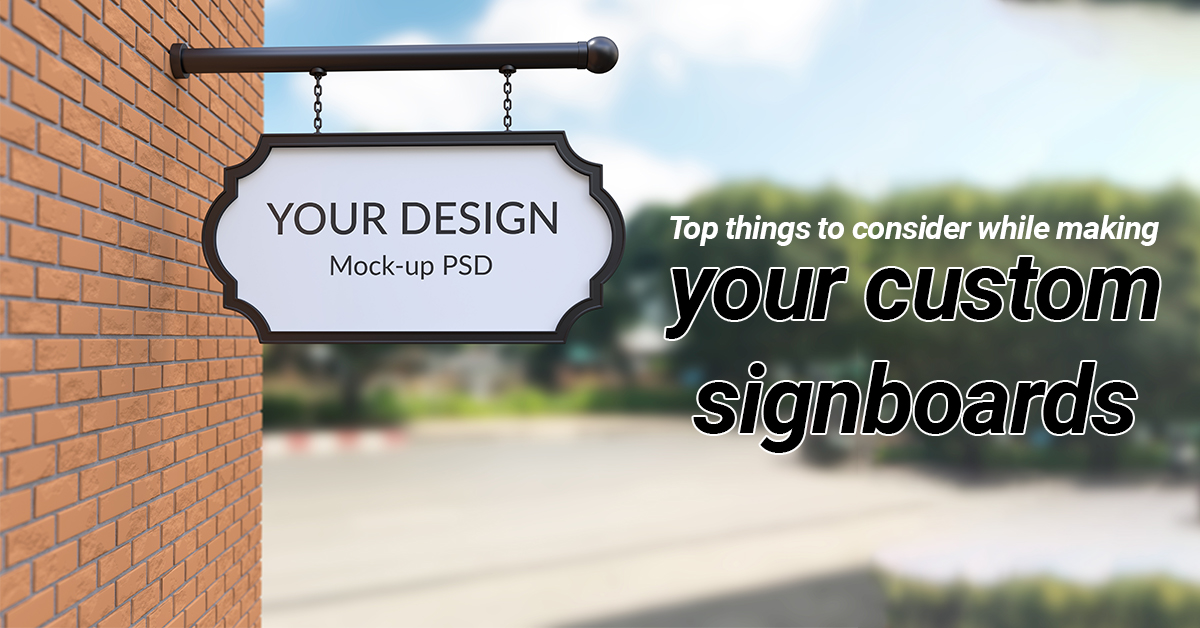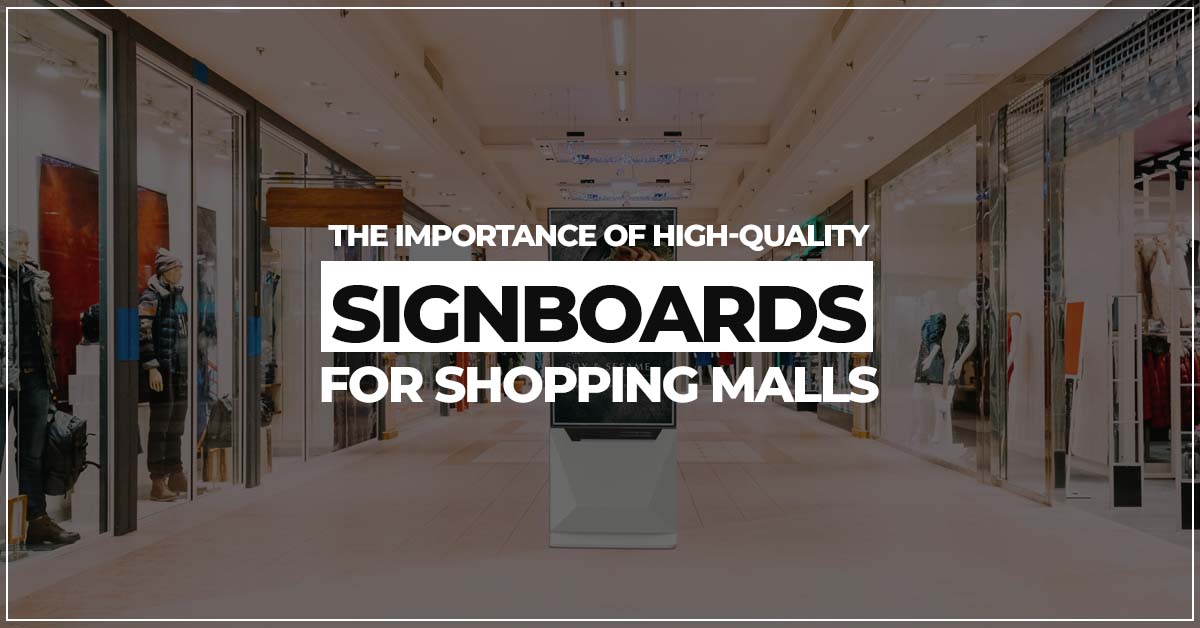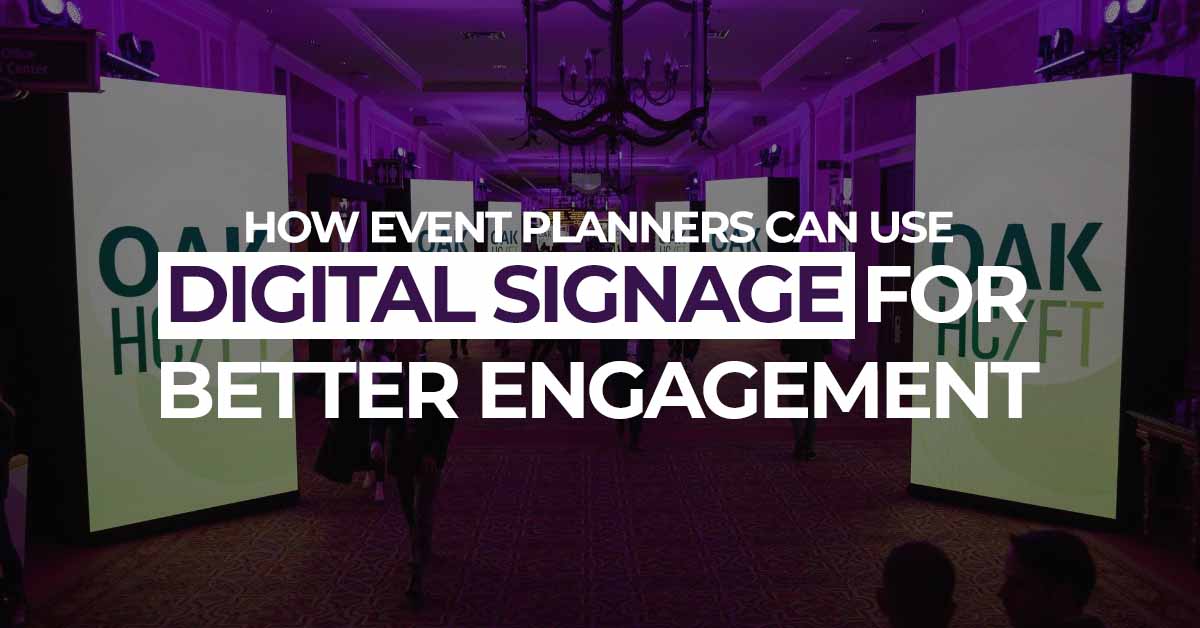Top things to consider while making your custom signboards
In a world brimming with visual stimuli, custom sign boards serve as indispensable tools for communication, guiding individuals to their destinations, conveying important messages, and establishing brand identities. Whether for businesses, events, or personal use, crafting a custom signboard demands careful consideration and strategic planning to ensure maximum impact and effectiveness. In this guide by Hitech Vision, the best sign board manufacturers in Chennai, we’ll explore the top considerations to keep in mind when creating custom sign boards that captivate attention and convey messages with clarity.
Purpose and Audience Understanding:
Before diving into the design process, it’s crucial to clearly define the purpose of the signboard and understand the intended audience. Is it meant to inform, advertise, direct, or entertain? Who are you trying to reach with your message? Tailoring the design to suit the specific needs and preferences of your audience is important for achieving desired outcomes.
Clarity and Simplicity:
A successful signboard communicates its message quickly and clearly. Keep the design simple and neat to avoid cluttering it with unnecessary elements. Use concise language and easily readable fonts to ensure that the information is easily comprehensible at a glance. Remember, the goal is to capture attention and convey the message with minimal effort from the viewer.
Visibility and Legibility:
Consider the environment in which the signboard will be displayed. Factors such as distance, lighting conditions, and viewing angles can significantly impact visibility and legibility. Choose appropriate colors, contrast levels, and font sizes to ensure that the message remains legible from a distance and under various lighting conditions.
Brand Consistency:
Signage Chennai plays a crucial role in reinforcing brand identity and recognition for businesses. Maintain consistency with your brand’s visual elements, including colors, fonts, logos, and imagery. This not only enhances brand recall but also fosters a sense of professionalism and trustworthiness among your target audience.
Material Selection:
The choice of material for your signboard can influence its durability, appearance, and overall effectiveness. Consider factors like weather resistance, longevity, and ease of maintenance when selecting materials. Whether opting for traditional options like wood and metal or modern alternatives like acrylic and PVC, ensure that the material aligns with your design goals and budget constraints.
Placement and Location:
Strategic placement of the boards plays a vital role in maximizing the impact of your signboard. Analyze the intended location carefully to determine the best placement for optimal visibility and engagement. Consider factors such as traffic flow, eye-level positioning, and competing visual elements to ensure that your signboard commands attention in its environment.
Call to Action:
Encourage desired actions from your audience by including a clear call to action on your signboard. Whether it’s prompting them to visit a website, make a purchase, or attend an event, a compelling call to action motivates viewers to take the next step. Keep it concise and actionable to increase the likelihood of response.
Durability and Maintenance:
Investing in durable materials and quality craftsmanship ensures that your signboard withstands the test of time and maintains its effectiveness over the long term. Factor in considerations such as weather resistance, UV protection, and ease of cleaning when designing and selecting materials. Regular maintenance and cleaning are essential for preserving the signboard’s appearance and functionality. LED sign boards in Chennai manufacture the best sign boards that are very durable and help customers maintain them for them.
Legal and Regulatory Compliance:
Ensure compliance with relevant regulations, codes, and permits when creating custom signboards, especially for commercial or public use. Familiarize yourself with local zoning laws, signage ordinances, and accessibility requirements to avoid potential legal issues and ensure that your signboard meets all necessary standards.
Feedback and Iteration:
Solicit feedback from stakeholders, peers, and target audience members throughout the design process. Incorporate constructive feedback to refine and improve the effectiveness of your signboard design. Iteration is critical to achieving optimal results and ensuring that your signboard resonates with its intended audience.
In conclusion, crafting custom sign boards requires careful consideration of various factors ranging from design principles to practical considerations. By keeping the aforementioned aspects in mind and approaching the design process strategically, you can create signboards that captivate attention, convey messages effectively, and leave an everlasting impression on your audience. Remember, the ultimate goal is to create signboards that not only serve their intended purpose but also contribute positively to the overall experience of the viewer.






